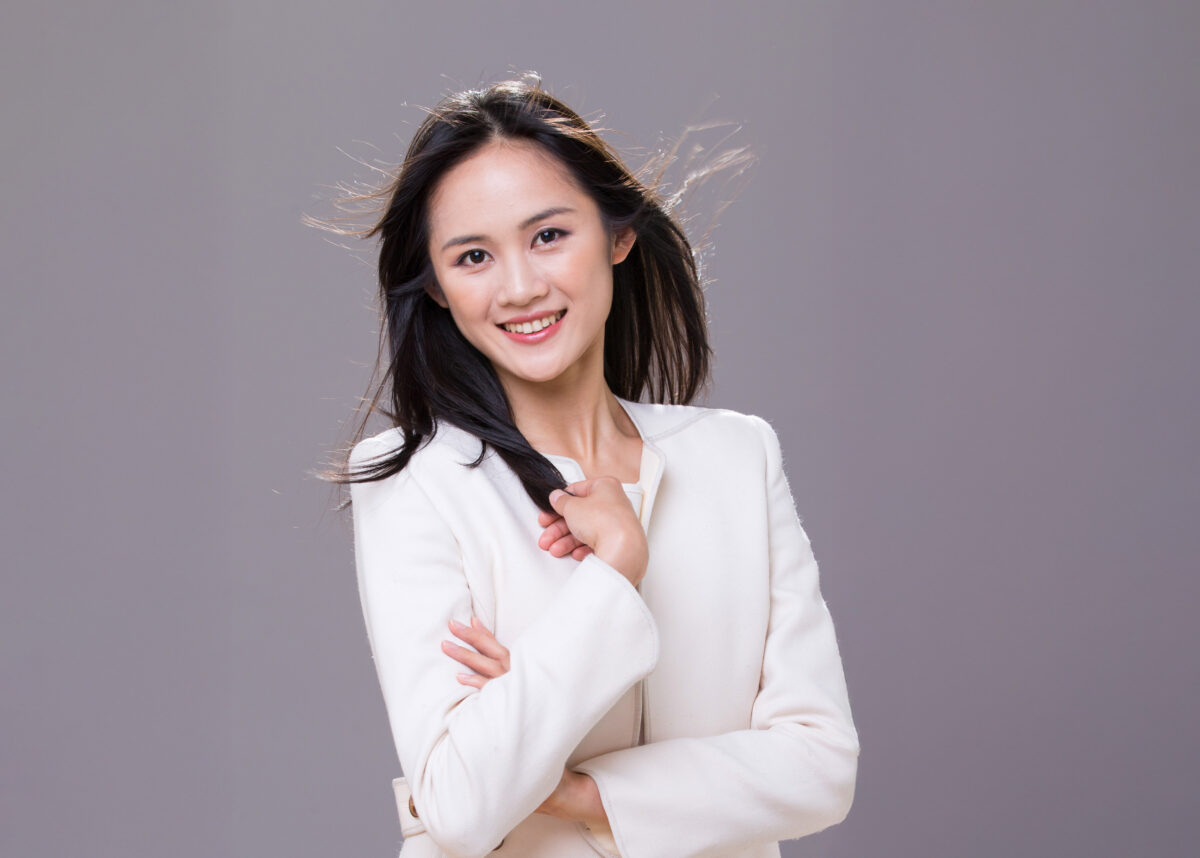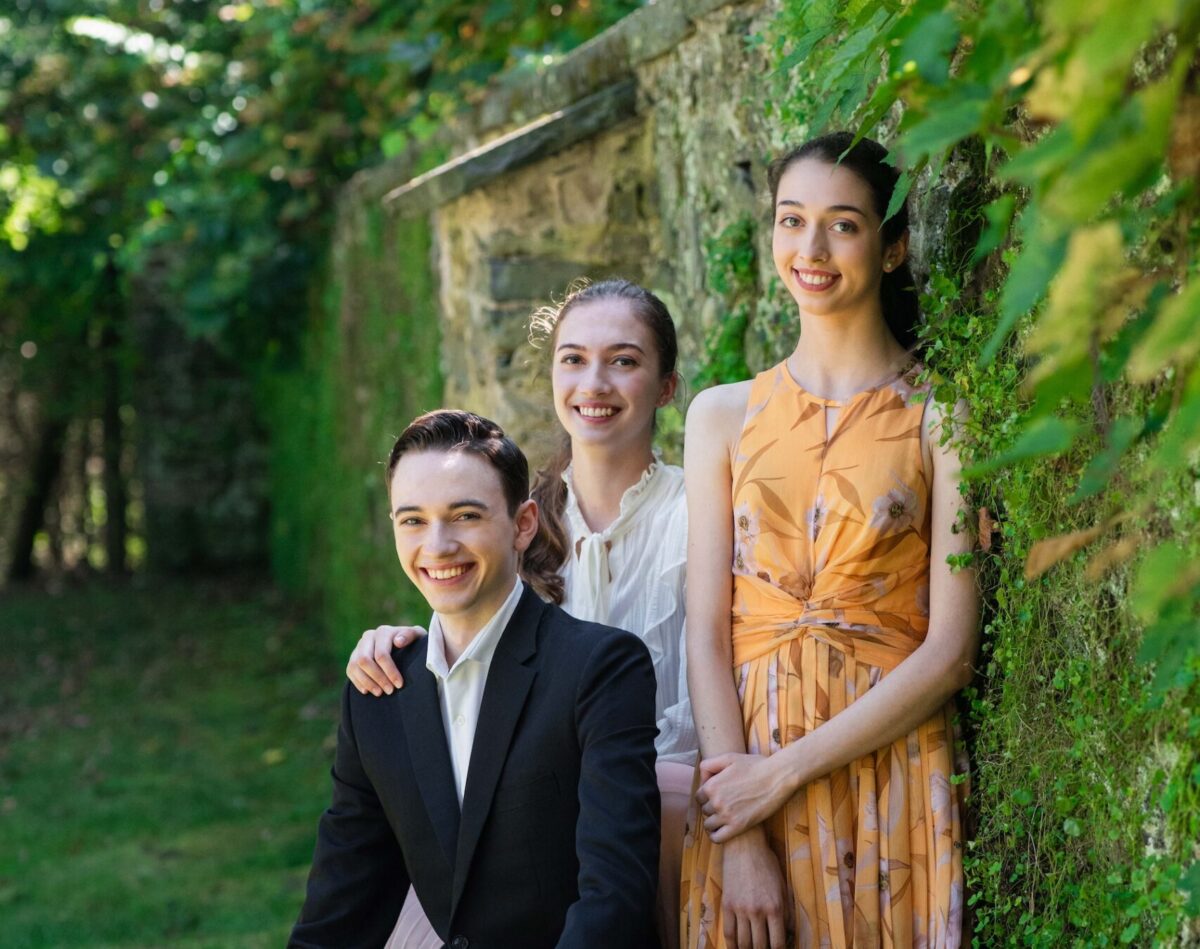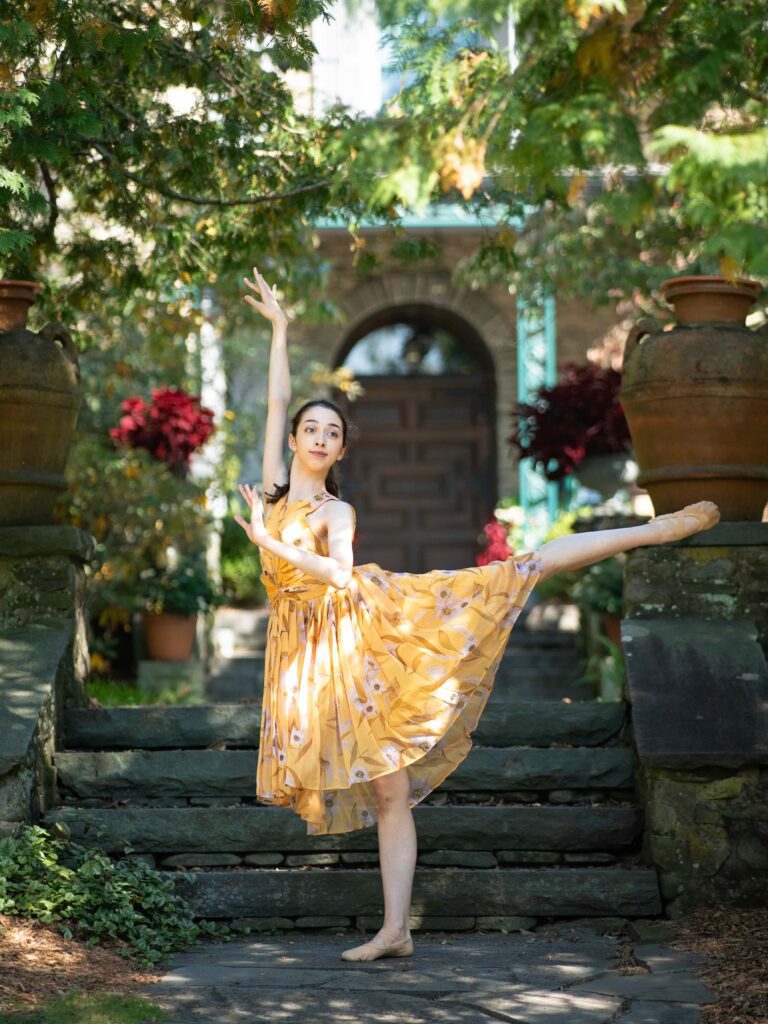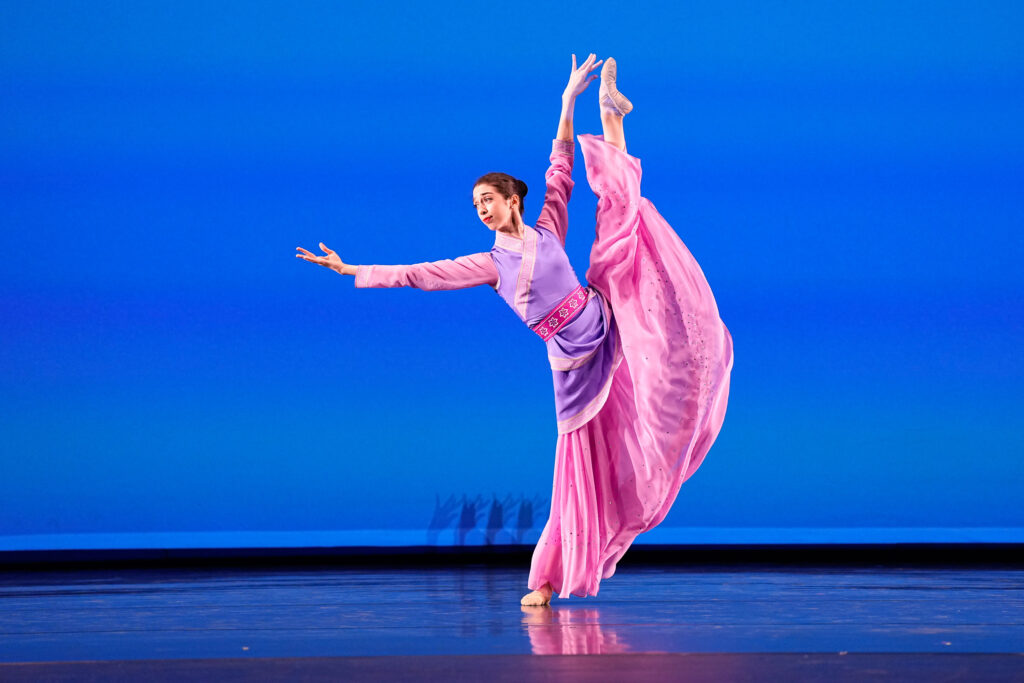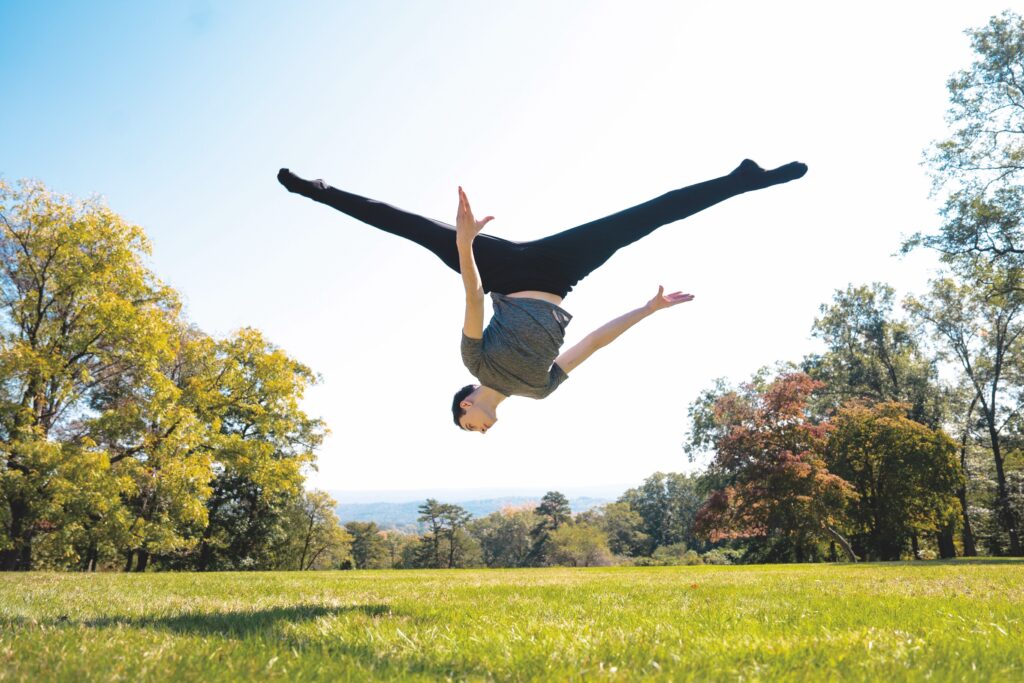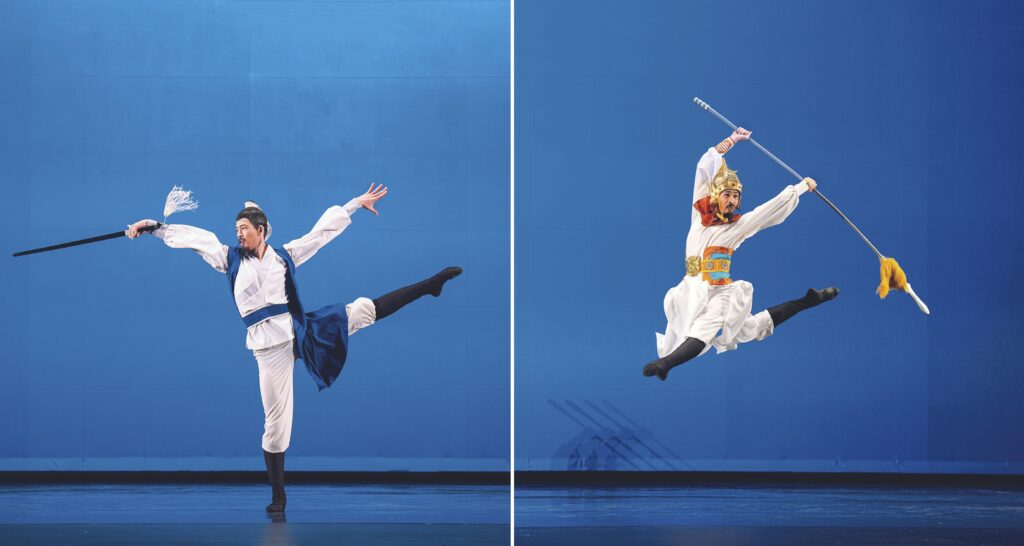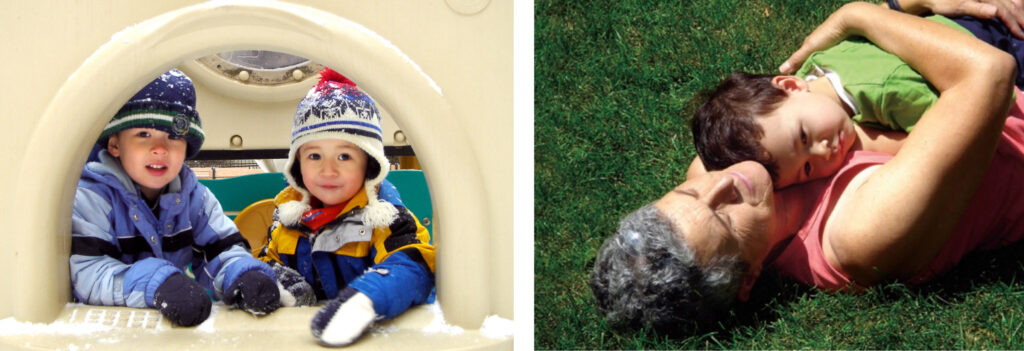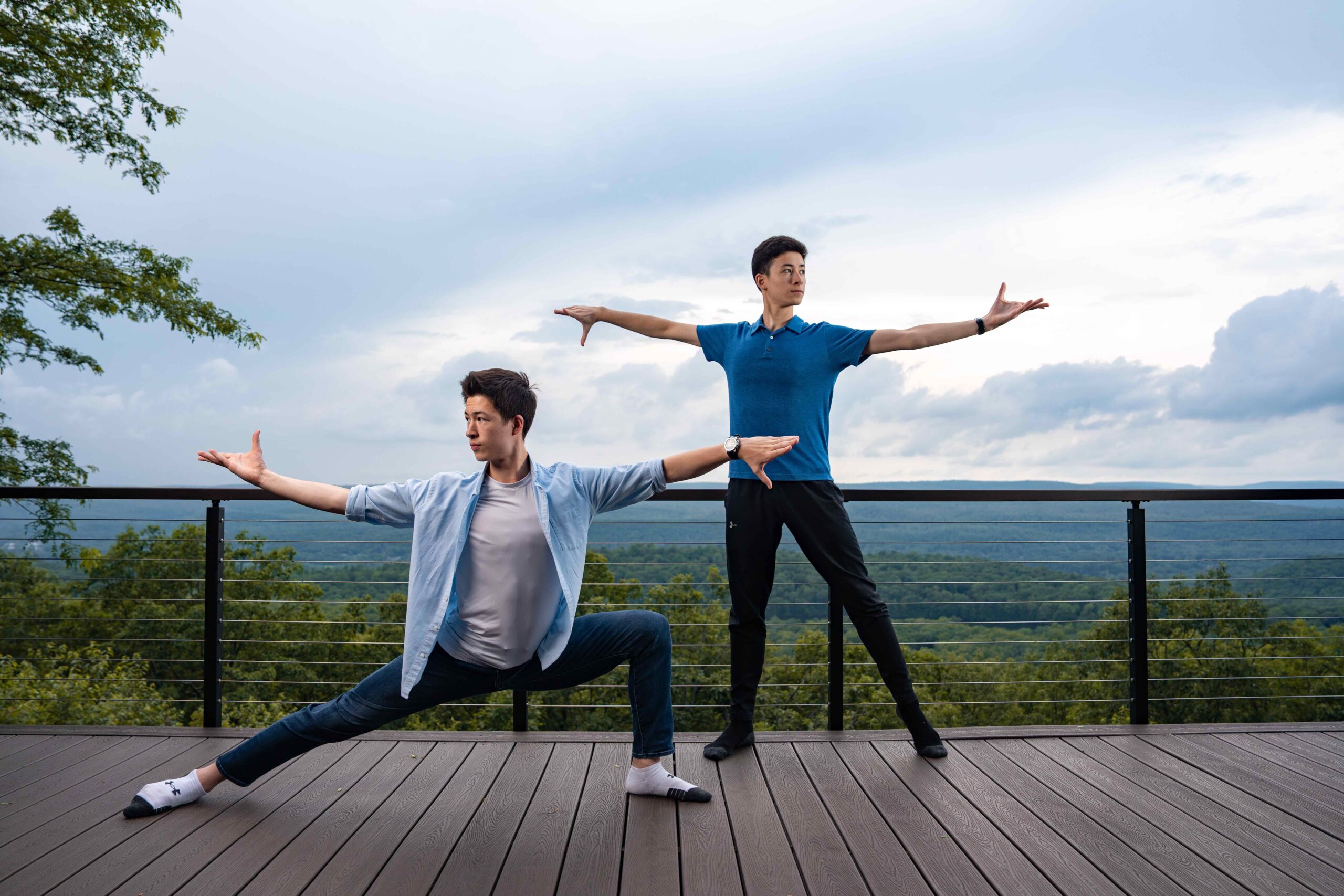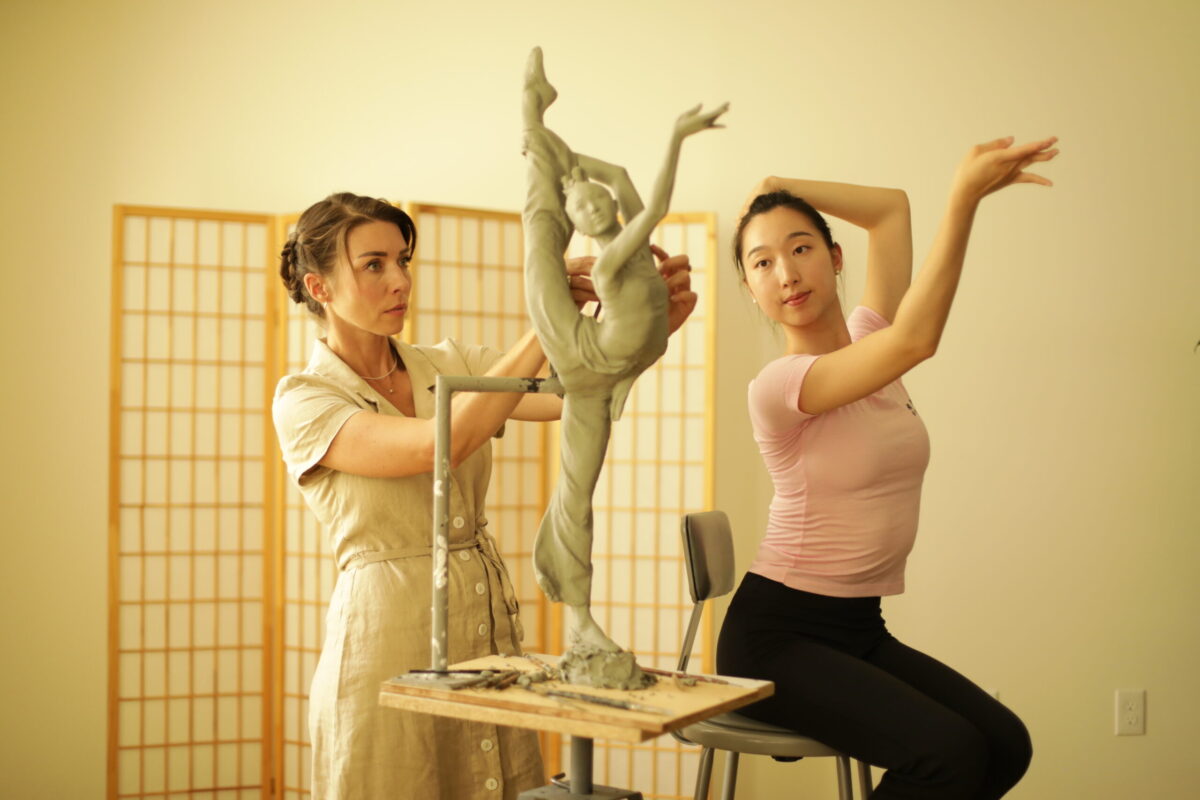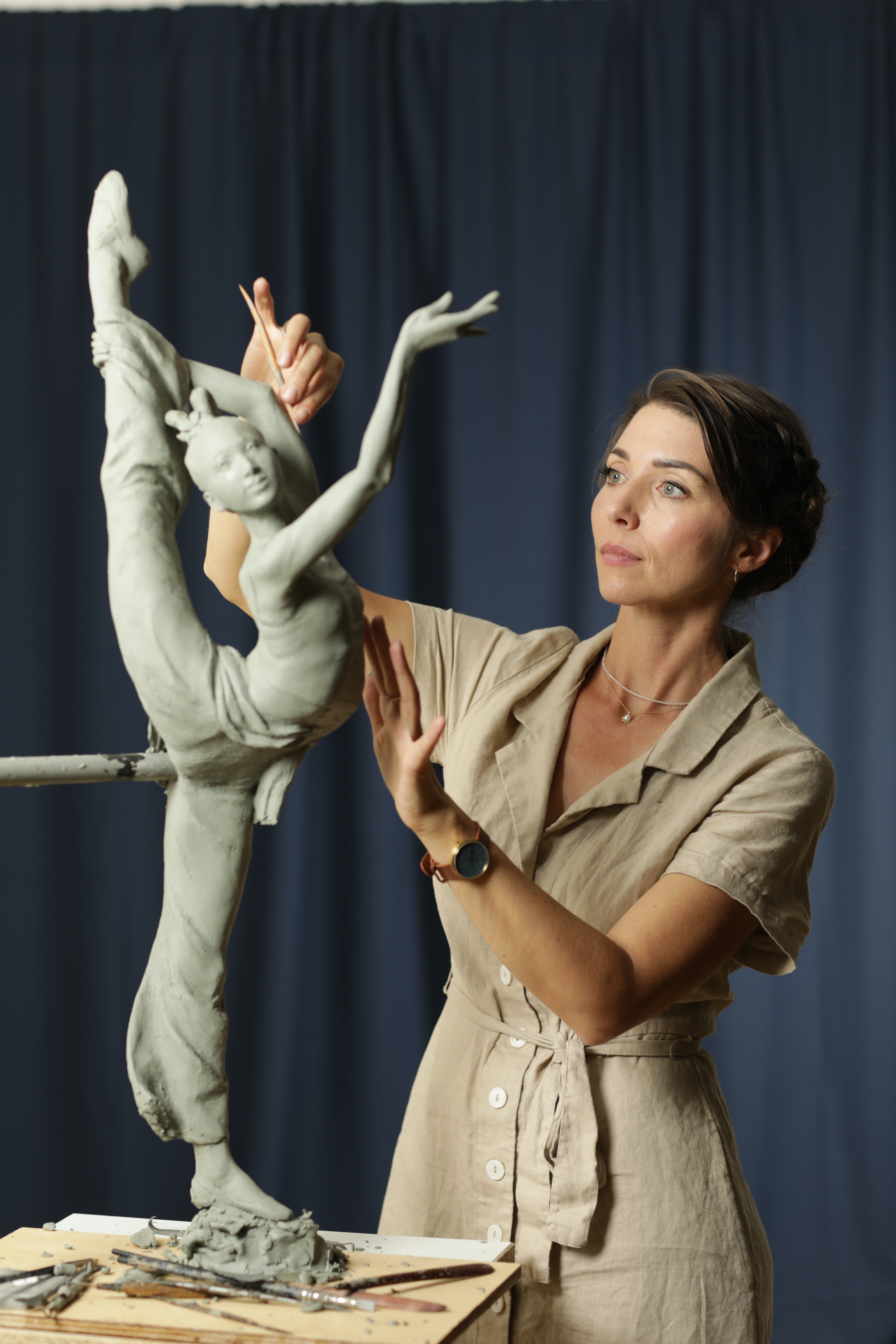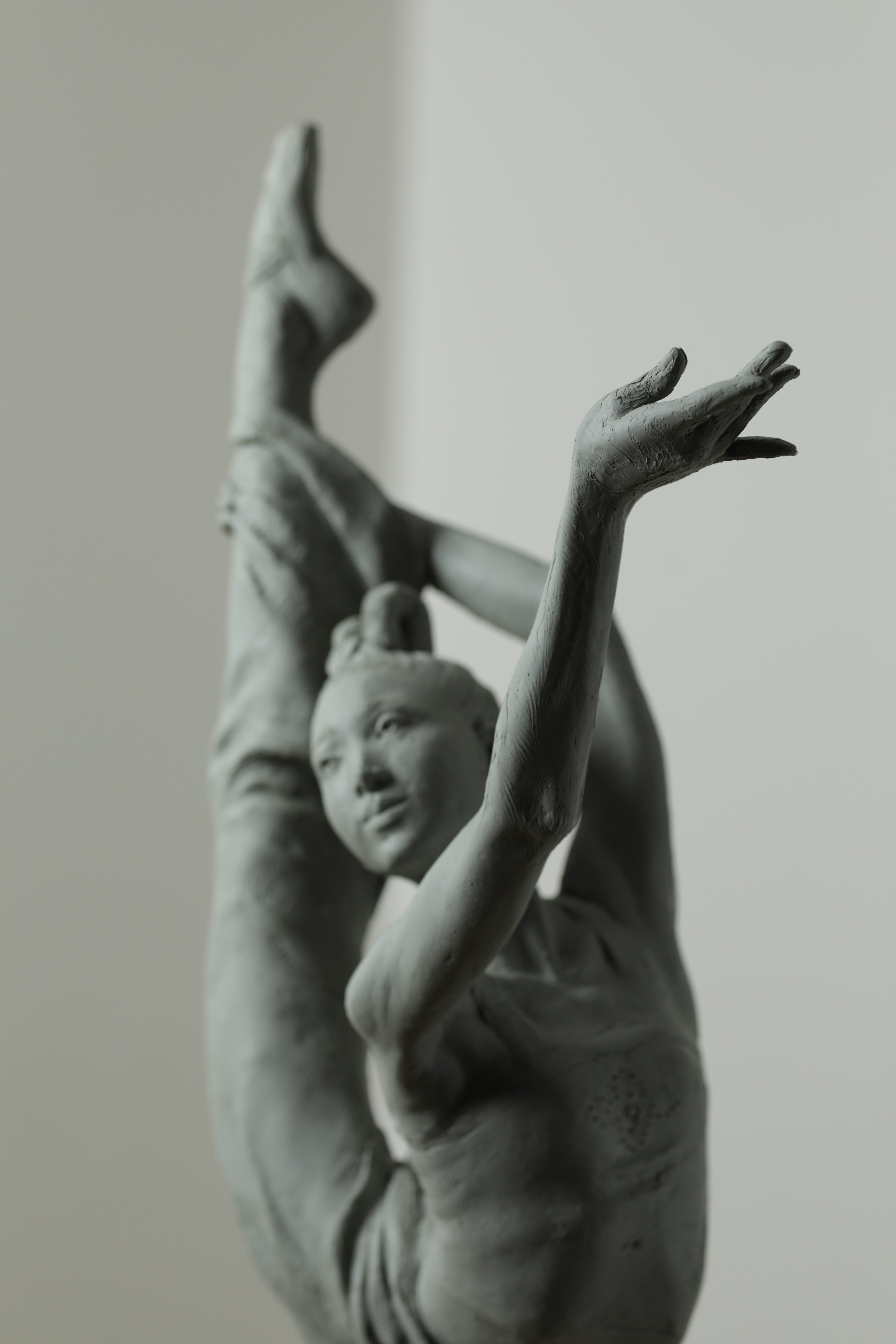Deep in the woodlands of upstate New York, in the early 2000s, a group of elite artists who had escaped persecution in China began building their dream. There, in a patch of mud and dirt, they laid the foundations of a cultural renaissance: a revival of traditional Chinese culture and true classical Chinese dance—an ancient art form displaced, like them, from its home and nearly lost at the hands of the Chinese Communist Party. They knew that this precious art, and its values of goodness and hope, needed to be shared with the world.
Today, Shen Yun Performing Arts is one of the world’s top dance companies. Its eight troupes tour 200 cities across five continents, performing for more than 1 million audience members each year. On stage, lush silk costumes billow against backdrops of ancient palaces and heavenly gardens, reminiscent of Chinese landscape paintings, brought to life. Melodies from a live orchestra suffuse the scenes.
It’s difficult to imagine that it was all built from nothing. In the tough early years, “we had almost no money,” recalled Ying Chen, vice president of Shen Yun and an orchestra conductor. “Sometimes in the depths of winter, we had to rehearse in makeshift studios with very little heat. Much of the heavy lifting was done by volunteers—people who would work all week at a job, and then drive five hours to our campus to work the whole weekend.”
Through the sheer dedication and grit of its artists, staff, and volunteers, the company flourished.
Principal dancer Angelia Wang embodies that selfless dedication. She was drawn to Shen Yun’s mission and joined in 2007, a year after its founding, during its humble beginnings. Little did she know how quickly she’d rise to the world stage. Now, she’s held her title for more than a decade, won multiple awards, and become a literal poster girl for the company—she’s often the model who appears on billboards across the country and globe. She’s also dance captain of her troupe, and an assistant professor of dance at Fei Tian College, an arts-focused institution in upstate New York where many Shen Yun artists train.
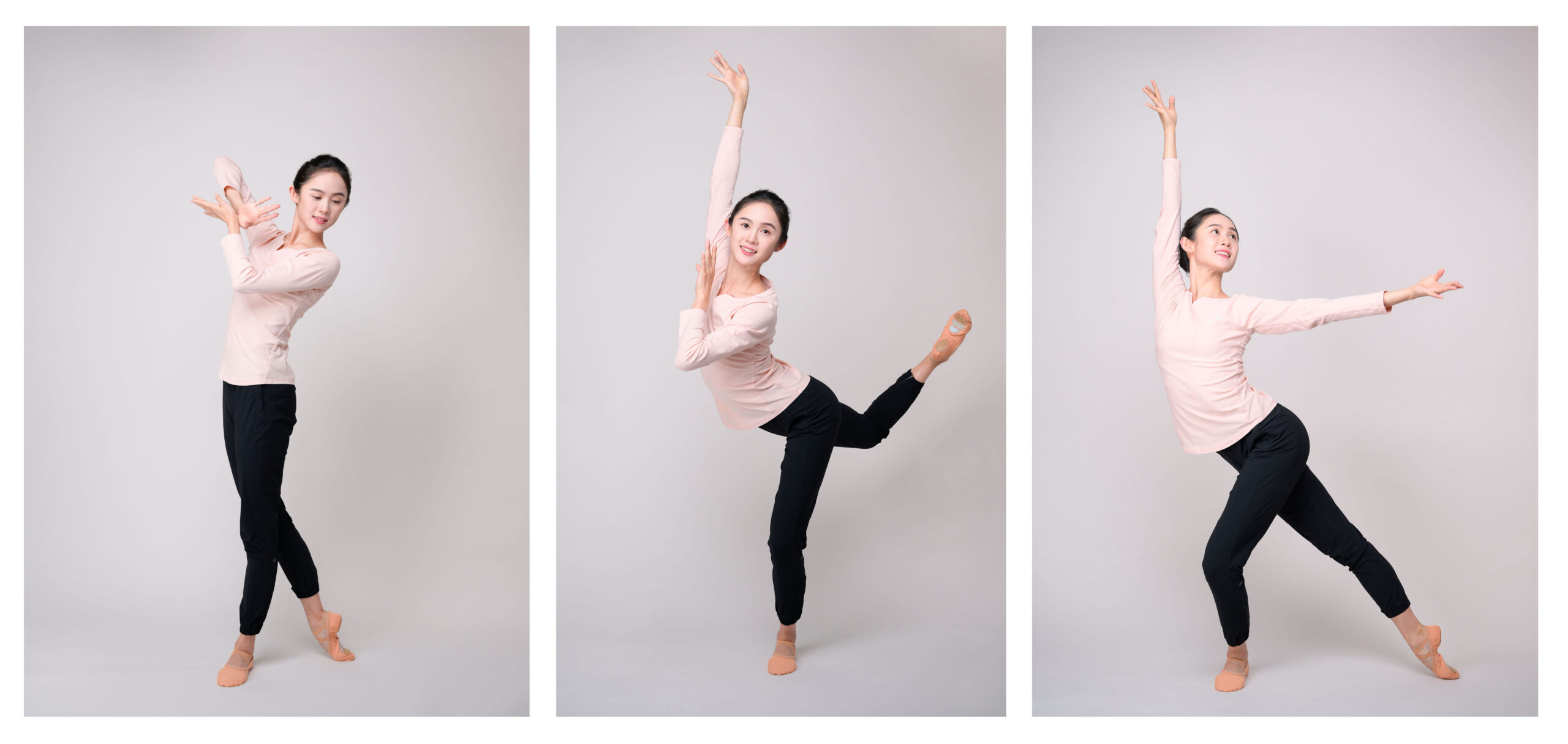
Gu Yuan, an accomplished choreographer at Shen Yun, said, “In my 40 years in the dance world, I have rarely encountered an artist who demonstrates such unwavering dedication and infectious positive energy.”
Ask Wang the secrets to her continued reign at the top of her field, and she’ll reveal no grand ambitions of fame or stardom. She’s driven instead by gratitude. She cherishes the opportunity to bring the beautiful culture of her heritage to life on stage. “Shen Yun created this platform for artists who pursue their dreams, to be able to showcase this great culture and art form,” she said.
Wang was born in Xi’an, a city that was an ancient capital of China for thousands of years. From a young age, her grandmother made her memorize famous Chinese poems and works of Chinese literature. She didn’t fully understand their meaning at the time, but those texts often contained moral lessons and expounded on ancient rules of propriety—values that later became important for her to comprehend, as a dancer portraying exemplary characters from Chinese history. “This was like predestiny, like I was meant to do this. All that preparation was just for today,” she said.
After moving to America at age 14, Wang heard about Shen Yun. She’d attended a dance school briefly in China, but Shen Yun was her first introduction to classical Chinese dance. She was intrigued by this art form that came from her native country, but that she knew little about.
Going back millennia to imperial courts, ancient plays, and folk performances, classical Chinese dance is an expressive art form with a rich history. Much of its core was lost in the Cultural Revolution, as the Chinese Communist Party (CCP) set out to systematically destroy traditional Chinese culture. It’s impossible to find in its true form in modern-day China.
The CCP’s machinations hit especially close to home for some founding members of Shen Yun. They fled China to escape the regime’s persecution of Falun Gong, a spiritual practice based in Buddhist tradition that grew popular during the 1990s. Its guiding principles are truthfulness, compassion, and forbearance. Chen explained that Falun Gong’s spread represented “a return to traditional values and spirituality”—running directly counter to the atheist CCP. Launched in 1999, the persecution “not only sought to eliminate Falun Gong, [but] was also an attempt to destroy the last remnants of China’s authentic culture once and for all,” Chen said.
“In many ways, we are modern-day pilgrims,” she added. “Many of us arrived on America’s shores with nothing but our faith and each other.” Here, in a country “rooted in freedom and liberty, we could freely create Shen Yun on our own terms”—bringing the true essence of the culture to the world, she said.
That mission resonated deeply with Wang. She began training in classical Chinese dance, and in 2007, had the opportunity to tour with Shen Yun as part of a student practicum program. She’s been with the company ever since. Within a few years, she demonstrated her prowess by winning first place in the NTDTV International Classical Chinese Dance Competition’s junior division in 2009 and 2010, and first place in the adult division in 2012.
She laments that Shen Yun’s performances can’t be seen in her homeland. But she’s grateful for her adoptive home. “Being able to use this art form, dance, to carry traditional Chinese values … I’m very thankful to America for giving us the platform to revive our own culture,” she said.
Culture of Excellence
Reflecting on her journey with Shen Yun, Wang recalled her early career. Their training facilities were more rudimentary, but the spirit of camaraderie was just as strong as it is today. “We bonded together like a big family,” she said. Outliers in the competitive world of professional dance, the artists fostered a culture of mutual support and excellence.
Chen credits Shen Yun’s incredible growth to that unique company culture. “We forged a new kind of performing arts company where artistic excellence goes hand-in-hand with a spiritual life of meditation and moral living,” she said. She explained that in ancient China, it was common for artists to pursue spiritual self-improvement to elevate themselves in both skill and character.
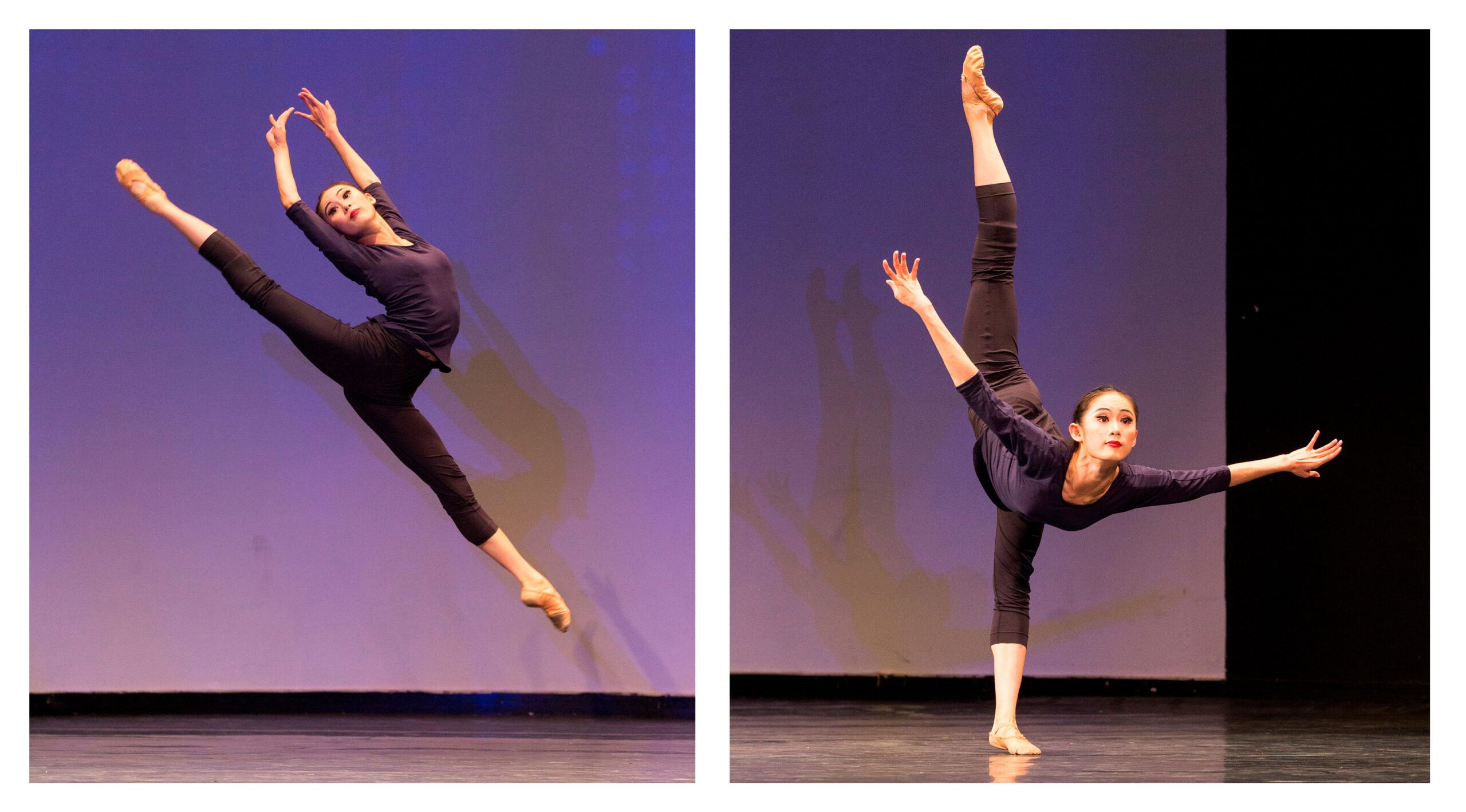
Shen Yun artists follow an old Chinese adage about artistry, Wang said: “Before you learn an art form, you should learn how to be a good person.” The characters she’s portrayed on stage have served as constant inspiration for how to do that. “Ancient people had the greatest wisdom,” offering lessons about kindness, integrity, and selflessness, she said.
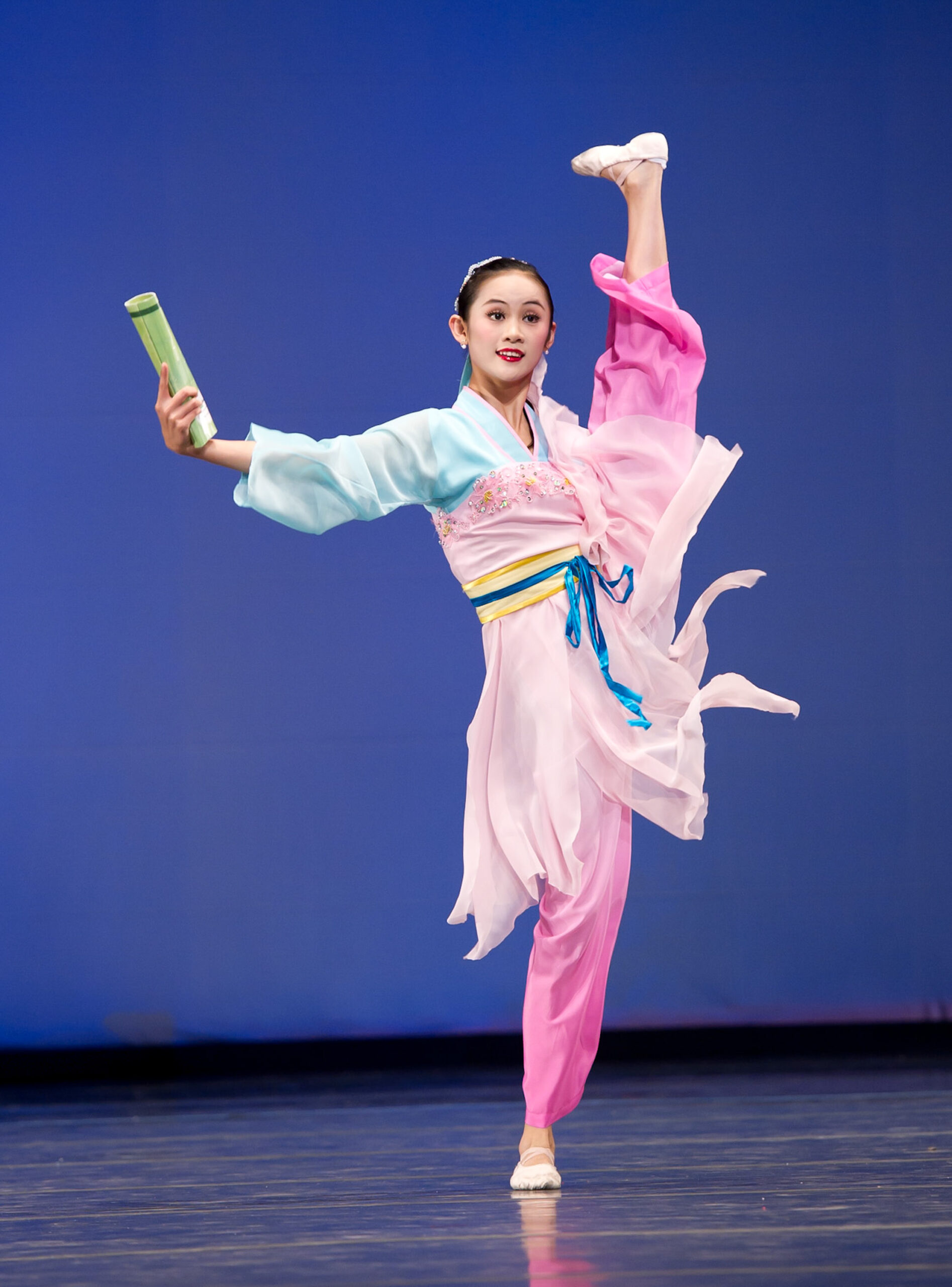
In 2018, she played the role of Wang Baochuan, a historical figure from ninth-century China, who faithfully waited 18 years for her husband to return home from war. Wang also admires Xi Shi, one of four women known as ancient China’s greatest beauties. As part of an elaborate plan, she was sent to an enemy state to make its king fall in love with her, all the while reporting back intelligence so that her kingdom could seize the right moment to invade and attack. “It wasn’t something that she wanted to do. She was not completely happy because she was such a kind person, and she felt that in the process, she hurt other people,” Wang said. Nevertheless, she chose to put her kingdom’s needs above her own. Wang channeled those layers of conflicted emotions while portraying Xi Shi during Shen Yun’s 2024 tour.
“Being able to speak with your body, and feel the emotions of different characters going through their lives just by dancing, it is a very magical feeling,” she said.
Off-stage, Wang embodies her characters’ selflessness in her roles mentoring junior dancers. She began as a teacher’s assistant at around age 19, and has been teaching on and off since then. Regarding challenges and obstacles, she tells them: “Don’t be scared of what you’re facing, and don’t look at a problem as too big. Just take the first step.”
As dance captain, she must constantly consider her troupe members’ emotions and needs, to ensure rehearsals and training sessions go smoothly. “This load of responsibility means that oftentimes, I have to put my own dance training as the last priority,” she said. It’s not an easy choice, given the rigorous demands of keeping her body in peak condition.
But she’s found it rewarding to guide a new generation of dancers. Being an instructor has also helped her realize some of her own weaknesses and improve upon them. “There’s a Chinese saying by an emperor that means you look at other people as a mirror to reflect yourself,” she said. “Everything happens for a reason, so anything you see, you can reflect on yourself and see if you can improve.”
Giving Back
Beyond her love for dance, Wang feels a responsibility toward audience members that drives her constant pursuit of excellence. She sees how the values conveyed through Shen Yun’s performances, though rooted in the Chinese tradition, resonate with people around the world. She recalls reading a heartfelt review from an audience member who thanked Shen Yun for making art with a deeper purpose. “’How do you evaluate kindness? How do you evaluate beauty? … We should cherish and appreciate the culture’s essence,’” Wang recalled him saying. “[That] pushed me forward to craft my art better.”
It’s a sentiment the whole company shares, according to Chen. “We feel a tremendous responsibility to remind people of our common humanity, and the divine connection we all share,” she said. “We would like to show people that we all have a divine side, and by recognizing that and feeling that, our futures will be bright and filled with hope, regardless of how messy and difficult the world may be at times.”
Wang is at the top of her game, but she isn’t thinking about her own prestige or how her dance career will unfold. All she wants, she said, is to “bring warmth” to audiences.
“In society nowadays, everything’s very fast-paced, and they choose to come to the theater and spend 2 1/2 hours just sitting there watching us,” she said. During those precious hours, “I wish to give as much as I can.”

